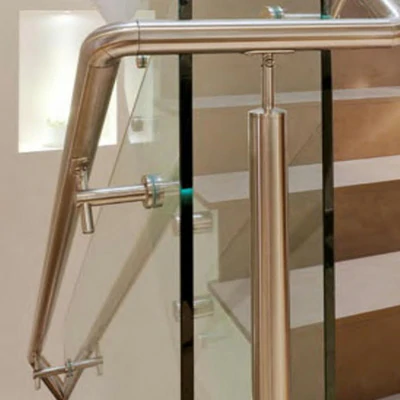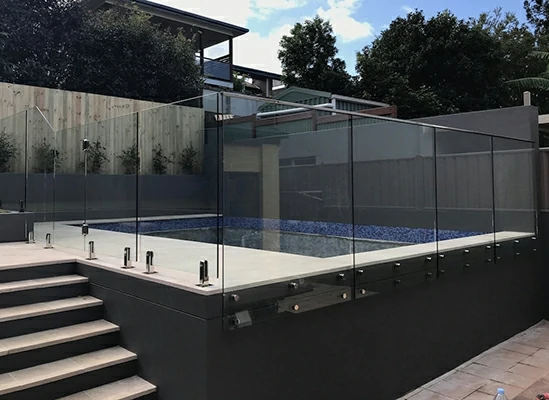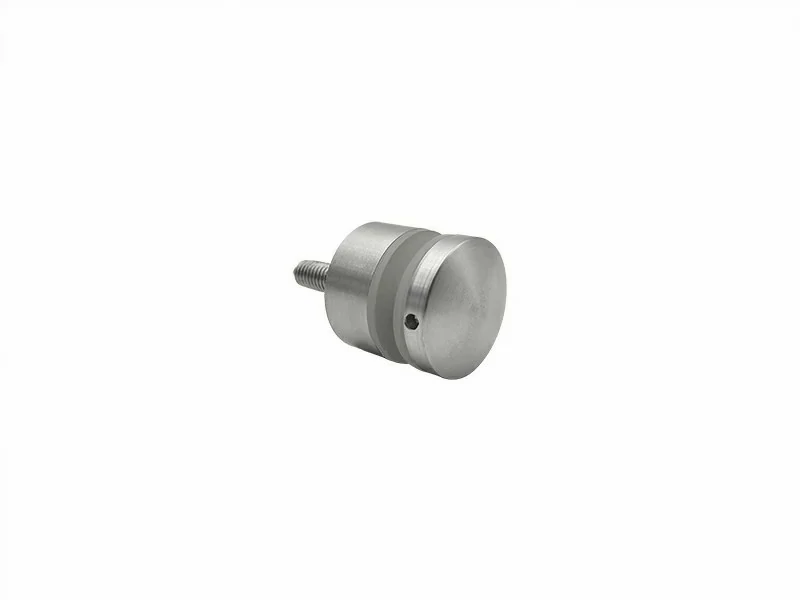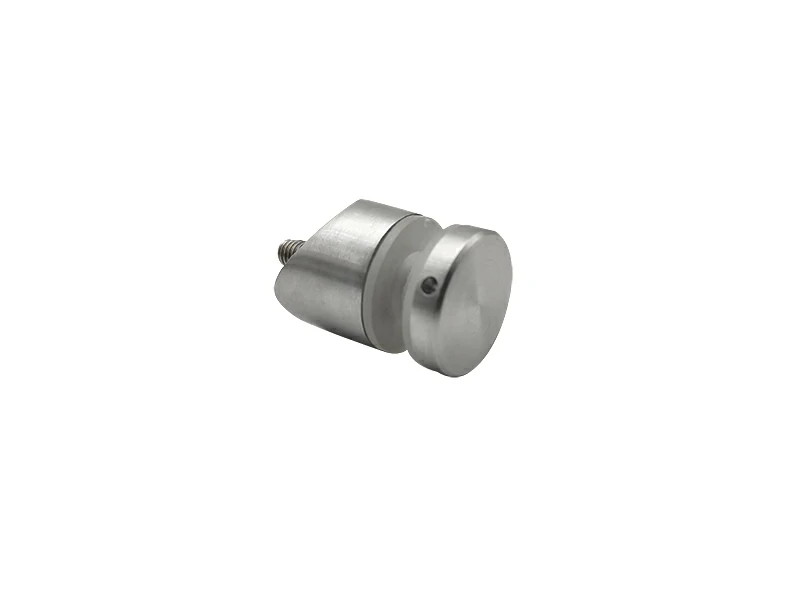When designing or installing handrail systems, the selection of appropriate railing stainless steel grades is a critical decision. The grade of stainless steel directly impacts the performance, durability, and corrosion resistance of your handrail fittings and overall system. Understanding the characteristics of various stainless steel gradesensures your railing fittings will withstand their intended environment and maintain their aesthetic appeal over time.
In this guide, we'll break down the most commonly used stainless steel grades for railing fittings and explain the benefits of each, helping you make an informed decision for your project.
1. 304 Stainless Steel: The All-Purpose Choice for Railing Fittings
304 stainless steel is the most widely used grade for handrail fittings due to its excellent corrosion resistance, good formability, and versatility. This grade of railing stainless steel is highly suitable for indoor applications or areas where handrail fittings are not consistently exposed to harsh environmental conditions.
Key Benefits of 304 Stainless Steel:
Excellent corrosion resistance in indoor, low-humidity environments.
High durability and aesthetic appeal.
Easy to form, making it ideal for various handrail designs.
304 stainless steel is cost-effective, making it a popular choice for residential and commercial projects that don't require exposure to extreme environments.

2. 316 Stainless Steel: Superior Corrosion Resistance for Outdoor and Marine Environments
For outdoor or marine applications, 316 stainless steel is the go-to choice for railing fittings. These settings typically involve exposure to moisture, salt, or various chemicals. It contains molybdenum and nickel, which significantly enhance its resistance to chloride exposure (saltwater, moisture, and chemicals), making it ideal for coastal areas, poolside settings, and other environments prone to corrosion.
Key Benefits of 316 Stainless Steel:
Unmatched corrosion resistance, especially against chloride exposure.
Excellent for marine environments, coastal regions, or industrial settings.
Superior resistance to pitting and crevice corrosion.
Although 316 stainless steel is more expensive than 304, its superior performance in demanding environments justifies the cost for long-lasting, low-maintenance handrail systems.
3. 316L Stainless Steel: Low Carbon, High Performance
316L stainless steel is a low-carbon version of 316 that offers the same high level of corrosion resistance but with enhanced weldability. It's an excellent choice for handrail fittings that require welding, as it minimizes the risk of sensitization (which can lead to corrosion at the weld sites).
Key Benefits of 316L Stainless Steel:
Same corrosion resistance as 316, ideal for welded handrail fittings.
Improved weldability due to lower carbon content.
Prevents corrosion at welding joints.
316L is widely used in both residential and commercial projects where welding is necessary.
4. 2205 Duplex Stainless Steel: High Strength and Corrosion Resistance
2205 Duplex stainless steel is a versatile alloy that combines the best properties of both austenitic and ferritic stainless steels. It offers enhanced strength and corrosion resistance, particularly in environments prone to stress corrosion cracking (SCC) and high chloride exposure.
Key Benefits of 2205 Duplex Stainless Steel:
Higher strength compared to 300-series stainless steel grades.
Excellent resistance to stress corrosion cracking (SCC).
Enhanced corrosion resistance in chloride-rich environments.
This railing stainless steel grade is particularly well-suited for more challenging applications where increased strength and resistance to stress corrosion cracking are essential.

Final Thoughts on Railing Stainless Steel Grades
Choosing the right stainless steel grade for your handrail fittings is critical for ensuring long-term performance and durability. Whether you opt for the cost-effective 304 stainless steel, the corrosion-resistant 316 or 316L, or the high-strength 2205 Duplex, understanding each grade’s benefits ensures you’re making the best choice for your specific needs.
Ultimately, selecting the appropriate railing stainless steel grades for your handrail fittings requires careful consideration of the specific application requirements. Factors such as the environment (indoor, outdoor, marine), the level of exposure to corrosive elements, the intended use, and aesthetic preferences should all influence your decision.By choosing the correct stainless steel grade, your handrail fittings will not only perform optimally and maintain their appearance but also provide long-lasting functionality in diverse settings.


